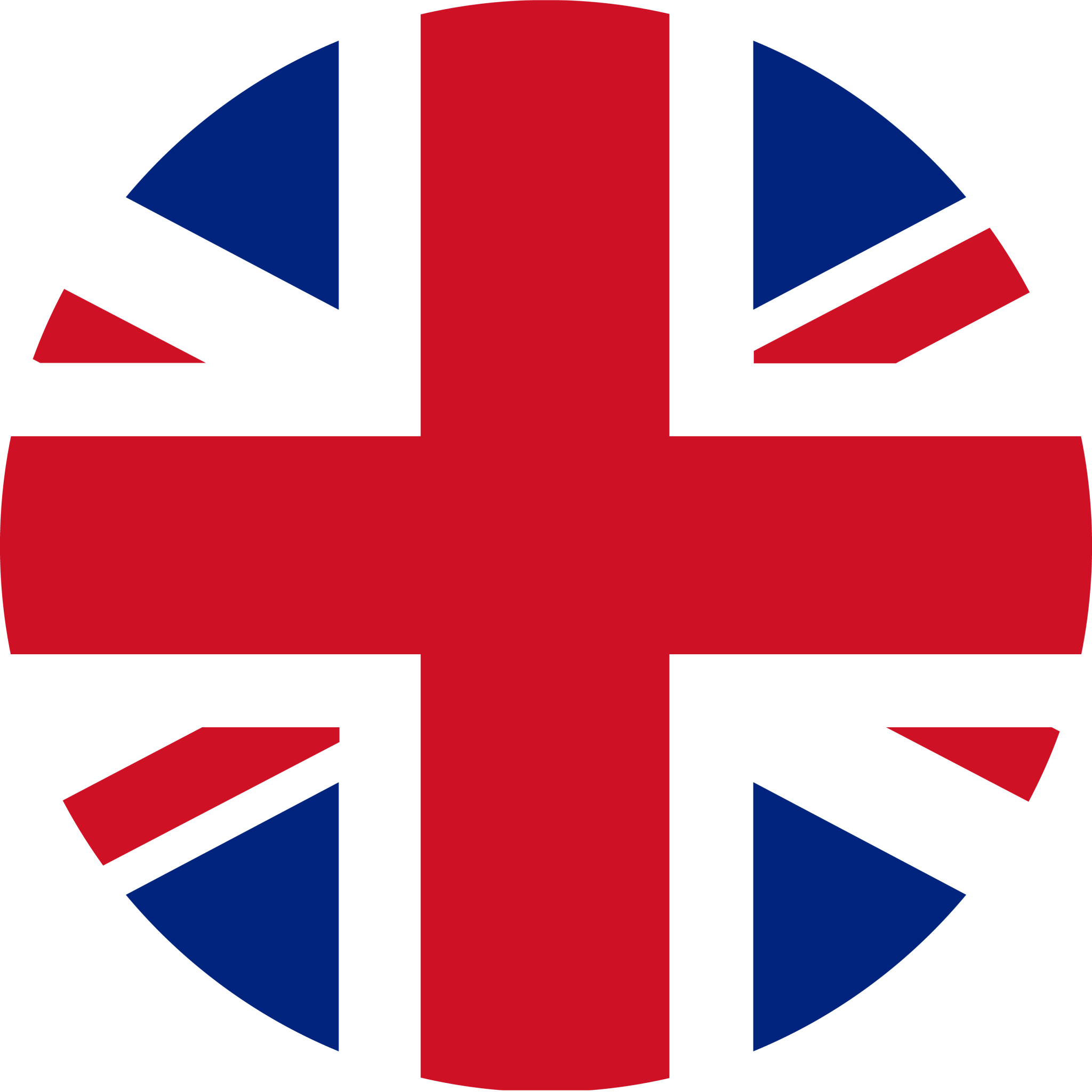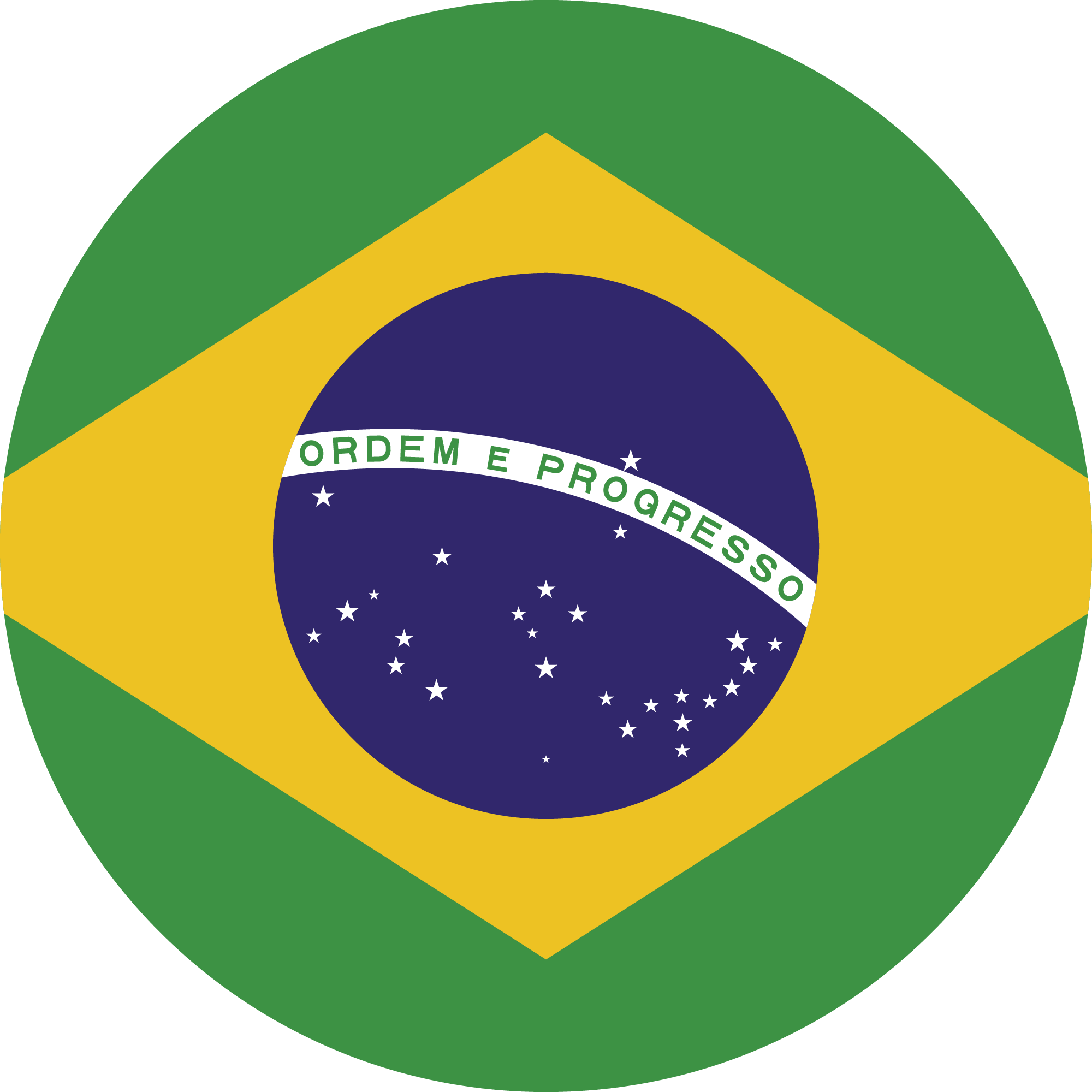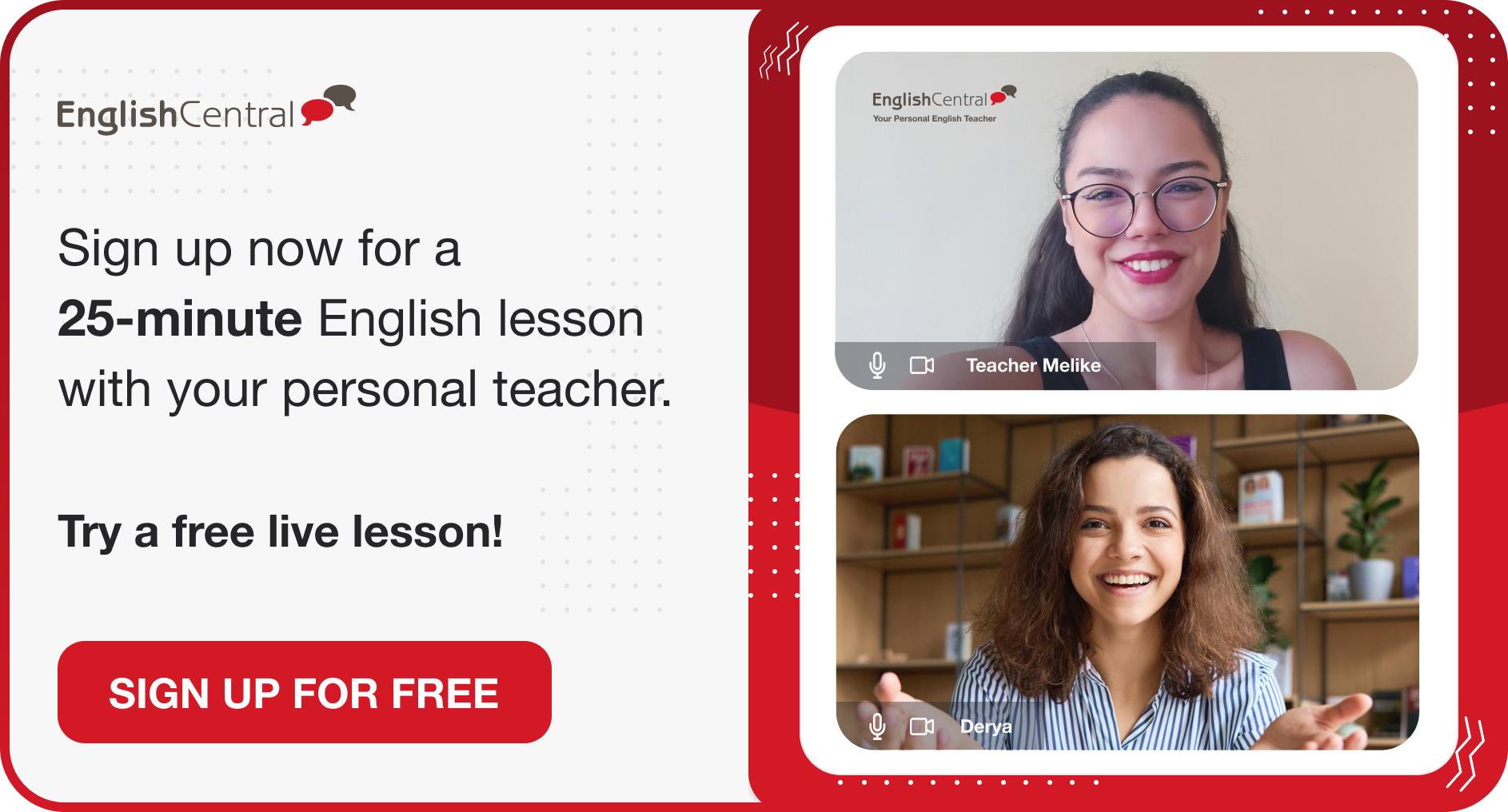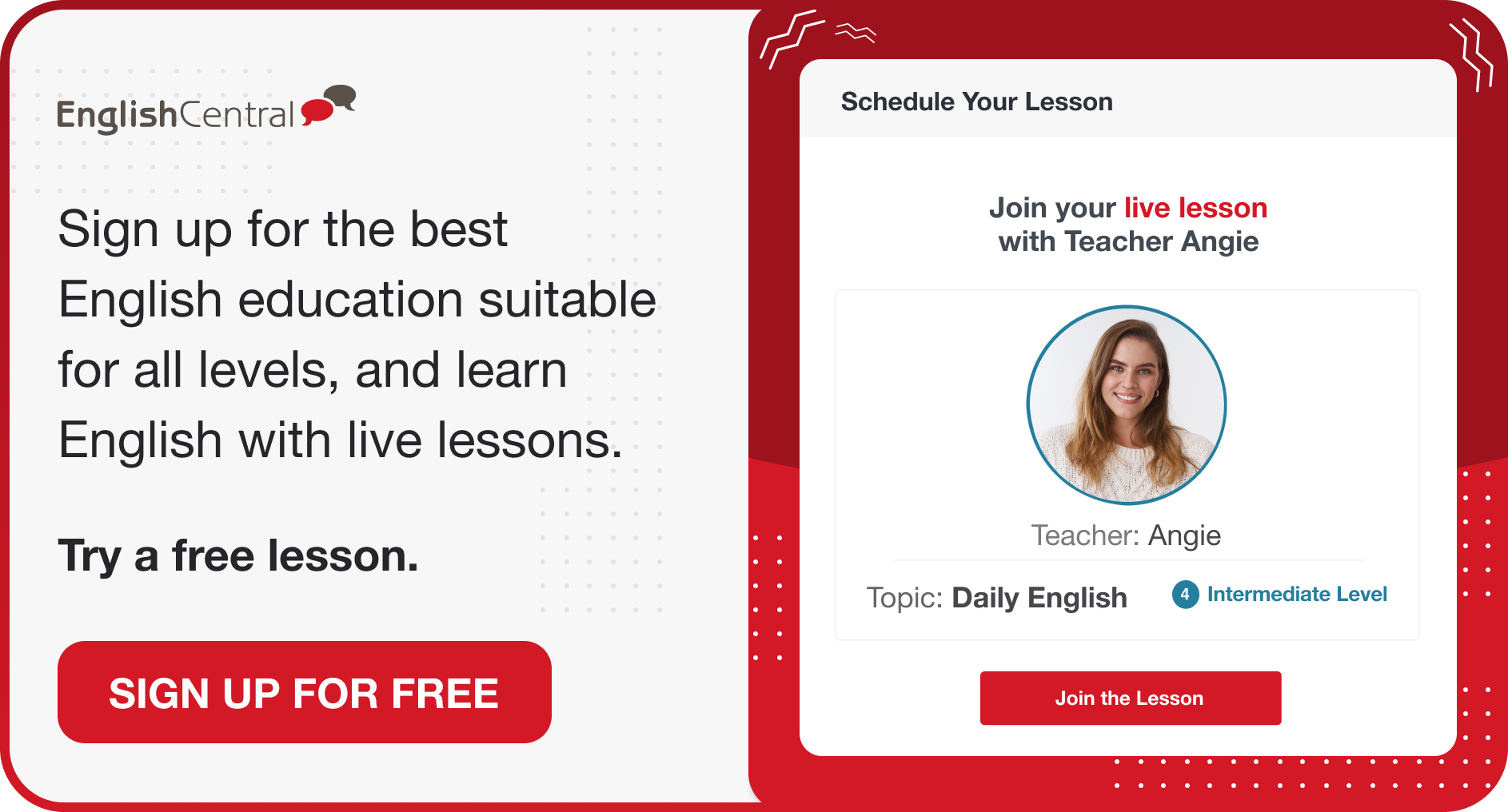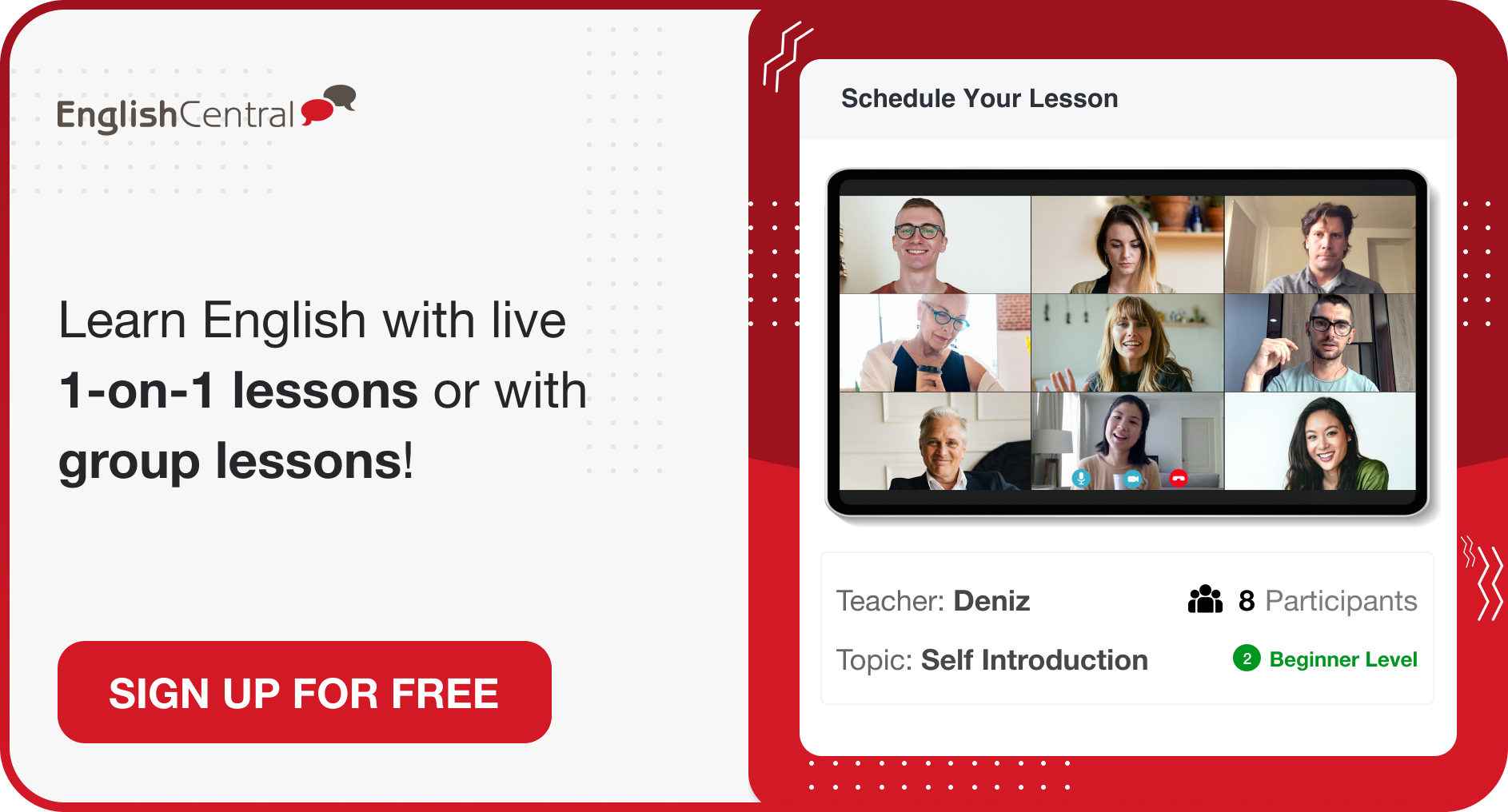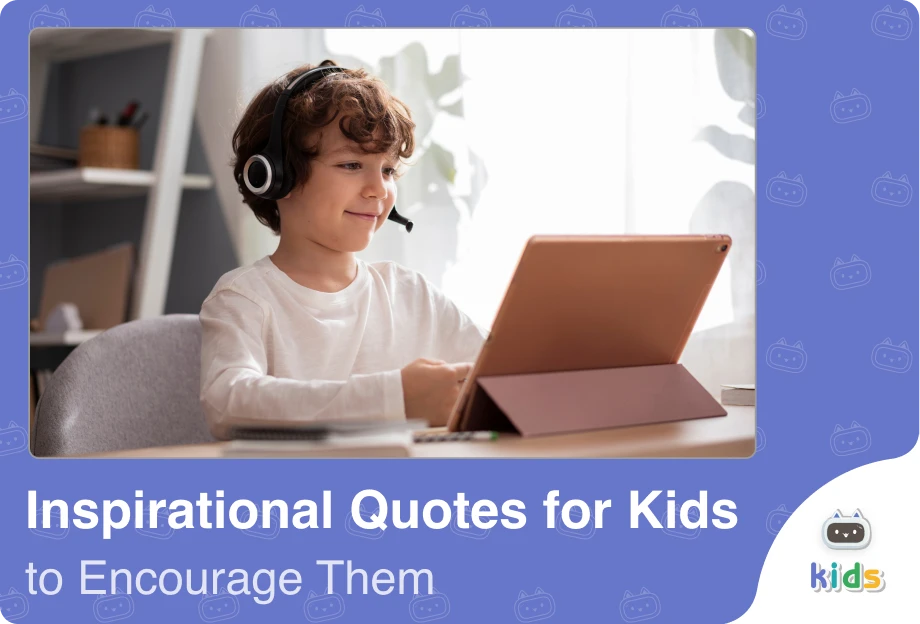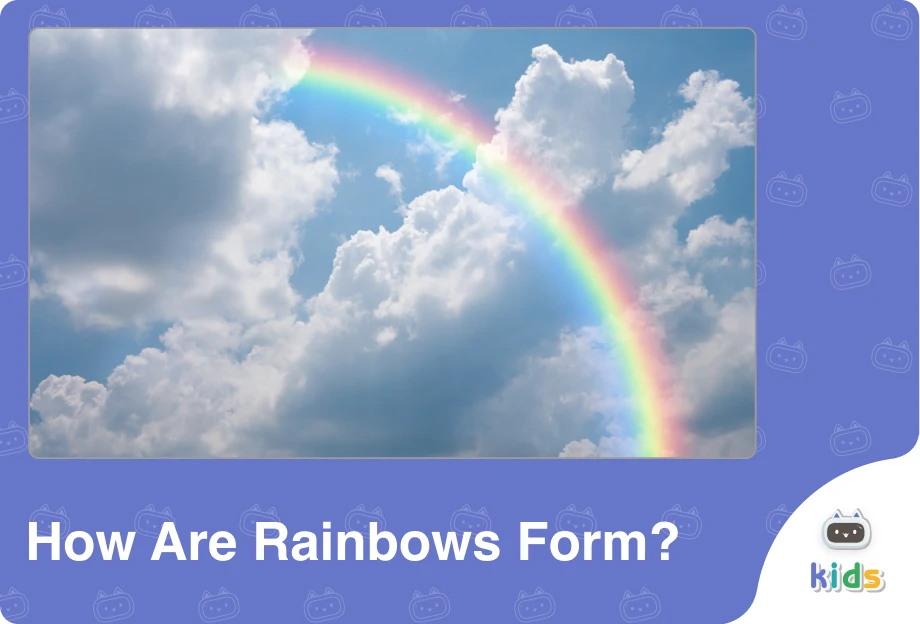Writers employ various literary devices to enhance their storytelling. Each device serves a unique purpose, and mastering them can help authors significantly improve their writing. By understanding and using these literary devices, writers can enhance their storytelling, create more engaging narratives, and convey more profound meanings.
If you want to write stories, essays, or any kind of writing, you must learn literary terms to make it more engaging. We arranged a post about literary terms in literature to help you understand their meanings.
Key Literary Devices and Their Meanings
Here are 20 literary devices and their meanings:
1. Allegory
Allegory conveys complex ideas through symbolic figures, actions, or symbolic representation, often to discuss broader themes like morality or politics.
Example: George Orwell’s “Animal Farm” is an allegory for the Russian Revolution.
2. Allusion
Allusion references another work of literature, a person, or an event to deepen meaning or context.
Example: “He met his Waterloo,” references Napoleon’s final defeat at the Battle of Waterloo to convey a significant downfall.
3. Anachronism
Anachronism involves placing an event, person, item, or expression in the wrong period.
Example: A character in a medieval story using a smartphone.
4. Analogy
An analogy is a comparison between two things that are similar in a way.
Example: “Finding a good man is like finding a needle in a haystack.”
5. Anaphora
Anaphora is the repetition of a word or phrase at the beginning of successive clauses or sentences. It is used for emphasis and to create a rhythm.
Example:
“She whispered softly, she spoke gently, she conveyed her feelings with care.”
6. Cliffhanger
A cliffhanger leaves the narrative unresolved at a critical moment to keep the audience engaged.
Example: Ending a chapter with the protagonist in grave danger.
7. Dramatic Irony
Dramatic irony occurs when the audience knows something that the characters do not know.
Example: In “Romeo and Juliet,” the audience knows Juliet is alive, but Romeo does not.
8. Epistrophe
Epistrophe is repeating a word or phrase at the end of successive clauses or sentences.
Example:
“See no evil, hear no evil, speak no evil.”
9. Euphemism
A euphemism is a mild or indirect word or expression used instead of one that may be considered too harsh or blunt.
Example:
“Let go” as a euphemism for “fired.”
10. Extended Metaphor
An extended metaphor continues over several lines or throughout a work to build a deeper understanding.
Example: Comparing life to a journey throughout a poem.
11. Foreshadowing
Foreshadowing is a technique used where the author gives hints about what will happen later in the story and builds suspense.
Example: Dark clouds on the horizon hinting at future turmoil.
12. Humor
Humor introduces light-heartedness and can make characters more relatable and narratives more engaging.
Example: Using clever dialogue to reveal a character’s personality.
13. Hyperbole
Hyperbole is an exaggerated statement or claim not meant to be taken literally.
Example:
“I’m so hungry I could eat a horse.”
14. Imagery
Imagery uses descriptive language to create vivid sensory experiences for the reader.
Example: “The golden sunset bathed the meadow in a warm glow.”
15. Irony
Irony is a contrast between expectations and reality.
Example: A fire station burns down.
16. Metaphor
Metaphors make comparisons to enhance understanding and add depth.
Example: “Time is a thief.”
17. Metonymy
Metonymy is a figure of speech in which one word or phrase is substituted with another that is closely associated with it.
Example: “Hollywood” is often used as a metonymy for the American film industry.
18. Motif
A motif is a recurring element that has symbolic significance in a story.
Example: The repeated use of darkness in “Macbeth” to symbolize evil.
19. Motif vs. Symbol
While a motif is a recurring element, a symbol is a specific object representing a broader idea.
Example: A motif of recurring dreams versus a single symbol of a dove for peace.
20. Oxymoron
An oxymoron combines contradictory terms to create a paradoxical effect.
Example: “Bittersweet”
21. Paradox
A paradox is a statement that contradicts itself but reveals a more profound truth.
Example: Less is more.
22. Personification
Personification assigns human traits to non-human entities.
Example: The wind whispered through the trees.
23. Satire
Satire uses humor, irony, or ridicule to criticize or expose flaws in society.
Example: Jonathan Swift’s “A Modest Proposal.”
24. Situational Irony
Situational irony occurs when the actual outcome is different from what was expected.
Example: A pilot afraid of heights.
25. Suspense
Suspense creates a feeling of anticipation and excitement about what will happen next.
Example: A ticking clock in a thriller.
26. Symbolism
Symbolism uses symbols to signify ideas and qualities beyond their literal sense.
Example: A red rose symbolizes love
27. Simile
A simile is a figure of speech that compares two different things with the words “like” or “as.”
Example: He ran as fast as a cheetah.
Literary Devices Examples
Alliteration: “Sally sells seashells by the seashore.”
Allusion: “My Mom has a Spartan workout routine.”
Anachronism: “The knight pulled out his smartphone to check the time.”
Anaphora: “Every day, every night, in every way, I am getting better and better.”
Cliffhanger: “As the door creaked open, she gasped—and the lights went out.”
Epistrophe: “Where now? Who now? When now?”
Euphemism: “He passed away” instead of “He died.”
Foreshadowing: “The dark clouds on the horizon hinted at the coming storm.”
Hyperbole: “I’m so tired I could sleep for a year.”
Irony: “A plumber’s house always has leaky pipes.”
Metaphor: “The world is a stage, and we are merely players.”
Metonymy: “The pen is mightier than the sword.”
Motif: “Throughout the novel, the motif of darkness underscores the main character’s struggle with depression.”
Onomatopoeia: “The bacon sizzled in the pan.”
Oxymoron: “The silence was deafening.”
Paradox: “This is the beginning of the end.”
Personification: “The leaves danced in the wind.”
Simile: “Her smile was as bright as the morning sun.”
Symbolism: “The red rose wilted, symbolizing their fading love.”
Synecdoche: “All hands on deck!”
Why Is Learning Literary Devices Important?
Learning literary devices is vital to enhance understanding and appreciation. It reveals the layers of meaning and emotion that authors implant in their works. It is also helpful for improving writing skills because it allows you to craft more engaging and compelling narratives.
Analyzing them fosters critical thinking, and it encourages readers to look for deeper meanings instead of just reading. They can hide messages and interpret something different.
Understanding how to use literary devices helps better communication, as you can convey complex ideas and emotions more clearly and creatively. This will help you gain a more enlightened background while reading literature or during daily communication. If you also love literature, you should learn these devices for better reading experiences.
Frequently Asked Questions About Common Literary Terms
What is a literary device?
A literary device is a technique writers use to produce a special effect. This can include tools like similes, metaphors, personification, and irony.
Why are literary devices used?
Literary devices enhance the quality of writing, making it more interesting, engaging, and effective in conveying emotions and themes.
Can literary devices be used in non-fiction?
Yes, literary devices can be used in non-fiction to make the writing more vivid and compelling, even when presenting factual information.
How can I identify literary devices in a text?
To identify literary devices, look for figurative language, unusual word choices, patterns of sound, and any elements that seem to add deeper meaning or emphasis to the text.
Would you like to put what you have learned into practice? You can access everything you need to learn English on a single platform! With 25-minute one-on-one live English lessons, 40-minute group lessons, more than 30,000 interactive videos, vocabulary learning tools, AI-supported tutor MiMi, quizzes, and interactive activities, EnglishCentral offers its users a personalized and quality education plan at an affordable price. How about registering for EnglishCentral now and starting to learn English?
